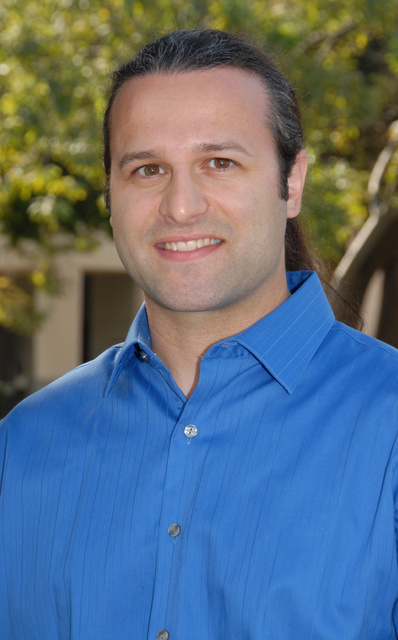Abstract:
Calculating the kinetics of conformational changes in macromolecules, such as proteins and nucleic acids, is still very much an open problem in theoretical chemistry and computational biophysics. If it were feasible to run large sets of molecular dynamics trajectories that begin in one configuration and terminate when reaching another configuration of interest, calculating kinetics from molecular dynamics simulations would be simple, but in practice, configuration spaces encompassing all possible configurations for even the simplest of macromolecules are far too vast for such a brute force approach. In fact, many problems related to searches of configuration spaces, such as protein structure prediction, are considered to be NP-hard. Two approaches to addressing this problem are to either develop methods for enhanced sampling of trajectories that confine the search to productive trajectories without loss of temporal information, or coarse-grained methodologies that recast the problem in re- duced spaces that can be exhaustively searched. This thesis will begin with a description of work carried out in the vein of the second approach, where a Smoluchowski diffusion equation model was developed that accurately reproduces the rate vs. force relationship observed in the mechano-catalytic disulphide bond cleavage observed in thioredoxin-catalyzed reduction of disulphide bonds. Next, three different novel enhanced sampling methods developed in the vein of the first approach will be described, which can be employed either separately or in conjunction with each other to autonomously define a set of energetically relevant subspaces in configuration space, accelerate trajectories between the interfaces dividing the subspaces while preserving the distribution of unassisted transition times between subspaces, and approximate time correlation functions from the kinetic data collected from the transitions between interfaces.
Speaker:
Institution:
Location:

